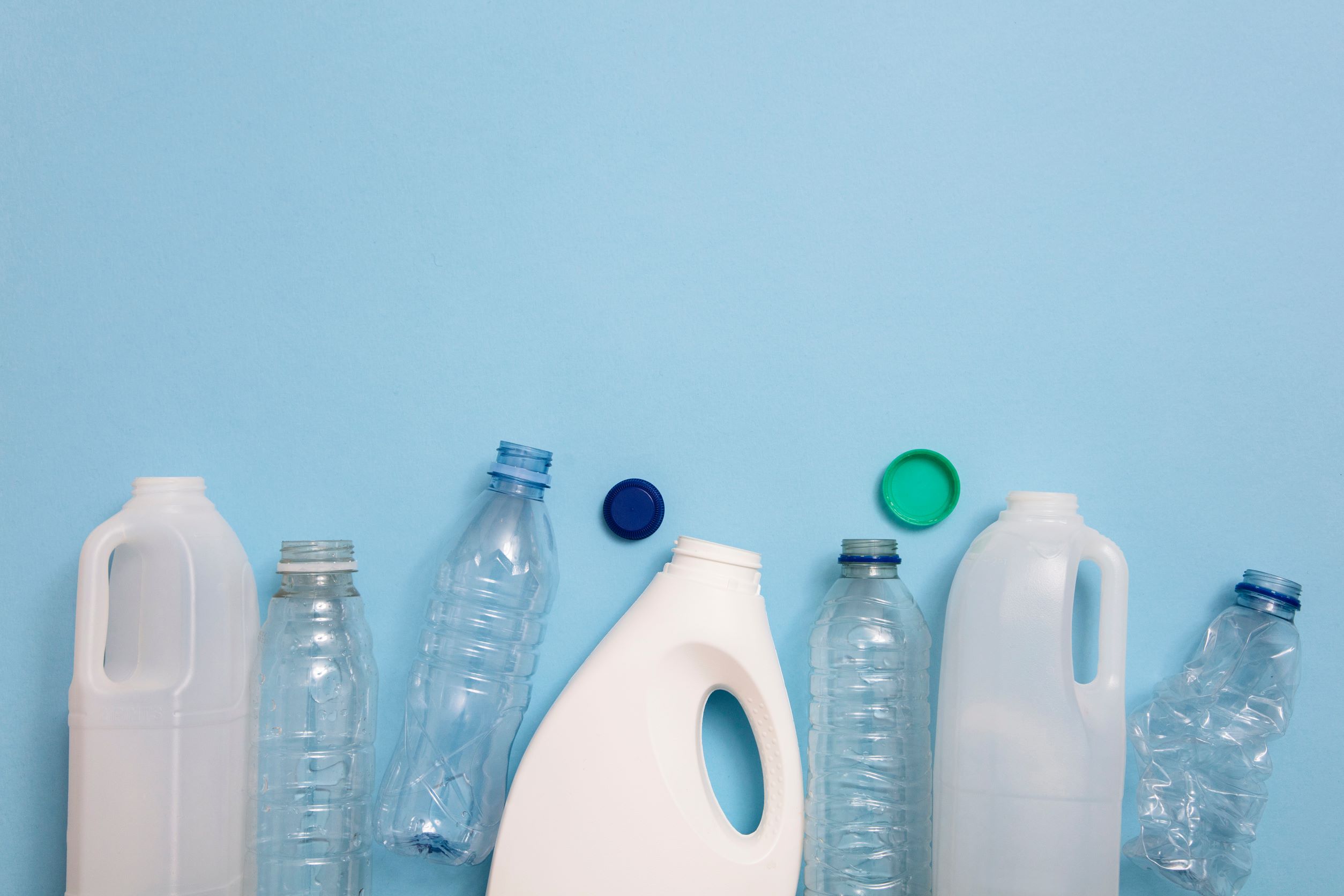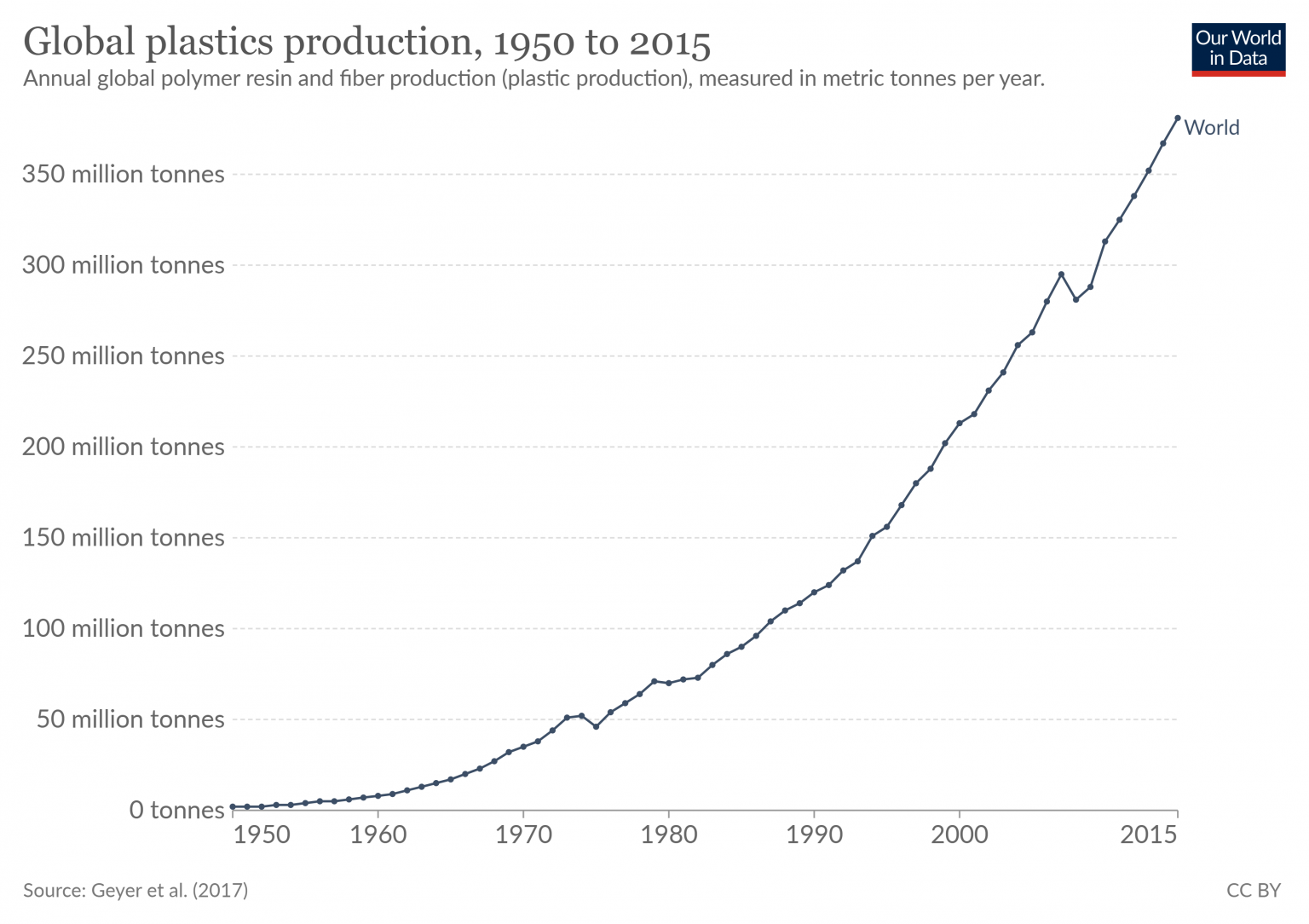“Companies across industries have started to lead with purpose, including embracing the circular economy as a greater opportunity to drive growth and competitive agility.”
Jessica Long –
In recent years, the public has become more and more aware of the devastating effects of plastic waste on our environment. The good news is that retailers can take steps to reduce their contribution to this problem – and it doesn’t have to cost a lot of money! Here are three tips for reducing plastic waste in your retail business. In this blog, we discuss the impact of plastic waste on the environment and what small-to-medium-sized retail business owners can do to help reduce it.
Three tips Retailer Can Do to help reduce plastic waste
The Problem with Plastic Waste!
All plastic waste accumulates in landfills but ultimately ends up in the Ocean. Compiling plastic waste in Landfills is the most ancient waste management technique, and it is still utilized in many countries around the world. It is the most rapid way to get rid of our waste, but it damages the environment.
- 7 million tons of plastic in the United States. Some 12.2% of that makes up the total municipal solid waste generated. (recyclecoach.com)
- 91% of plastic waste hasn’t been recycled. (recyclecoach.com)
- By 2050, the Ocean will have more plastic in it than fish (recyclecoach.com)
We Must Eliminate Single-Use Plastic Waste
Single-use plastics: is the cheap plastic goods, plastic bottles and plastic packaging, for instance, These are things we use once and then throw away which leaves an enduring problem long after the product has been consumed. Today, single-use plastics account for over a third of plastics produced every year, with 98% manufactured from fossil fuels.
Common examples of single-use plastic items that are causing damage to our communities, oceans and environment:
- Plastic bread bag tags
- Plastic bottles
- Styrofoam takeaway containers
- Plastic straws
- Plastic packaging materials
- Plastic cutlery (fork, knives, spoons, etc.)
- Plastic shopping bags
- Plastic coffee cup lids
Reducing plastic waste is good for your business
- 77% of respondents said plastic is the least environmentally responsible type of packaging. Paper was deemed the most ecologically safe material. (Business News Daily)
- 72% of respondents reported that they were actively buying more environmentally friendly products than they did five years ago. (Business News Daily)
- 84% of consumers are more loyal to a brand that aligns with their values. (Business News Daily)
- 71% of Consumers Prefer buying from Companies Aligned with Their Values (Small Business Trends)
- 63%of surveyed global consumers prefer to purchase products and services from companies that stand for a purpose that reflects their own values and beliefs (MarketingDive)
As a medium-small Business Retail company, What can you do to reduce plastic waste?
Three Cost-Effective Tips!
Tip#1 – Charge for Single-Use Plastic bags
Charging for single-use plastics may discourage customers from using them but this alone will not end this global crisis. Anti-bag activists feared that the bag fee wouldn’t do much—people would shrug and pay the five cents for the bag. However, according to new research, that has not been the case: bag fees do indeed reduce plastic pollution and overall usage.
It’s that the fee forces us to recognize the problem. That alone is enough incentive to get us to either carry our groceries or bring our reusable grocery bags shopping.
In Singapore, The World Wide Fund For Nature (WWF) found that retailers have used 300,000 fewer bags per month since the plastic bag fee came into effect. This case shows that fees can significantly reduce single-use plastic bags.
Tip#2 – Audit your company’s waste practices
A plastics audit is an onsite assessment of current waste and recycling efforts that evaluates the amount and composition of waste and recycling efforts to assist with your sustainability plans.
A waste audit can tell you what is working or not working with your current waste and recycling management program. It can uncover breakdowns, expose wasteful problems or confirm successes. This enables you to make necessary adjustments to improve and maximize your operational efficiency. For example, improving your business’s recycling infrastructure.
Tip#3 – Sell or provide customers with Reusable bags.
Selling or providing reusable bags to customers is not new in North America. However, they have proven to reduce expenses, show customers you care, and help the environment. As a result, everyone from grocery stores to retail shops is changing reusable bags to reduce costs and connect with consumers.
A well-designed reusable bag strategy is an essential part of staying competitive. Use bags to boost profits by reducing expenses and to keep your store in consumers’ minds long after their purchase. The following four tips can help you get your customers to participate.
Other possible options, offer your customers, paper bags, left-over cardboard boxes (from stock items to carry goods home), compostable packaging or, reusable packaging. Find ways to reduce packaging waste, packaging materials,
What are Companies doing about plastic waste?
What companies dump waste in the Ocean?
- ExxonMobil tops the list contributing 5.9 million tonnes to global plastic pollution – closely followed by US chemicals company Dow and China’s Sinopec. One hundred companies are behind 90 percent of global single-use plastic production.
What companies are reducing waste?
- Subaru, experts in zero-landfill sustainability, has committed to sharing its knowledge of zero-landfill practices by working with the National Parks Conservation Association (NPCA), National Park Foundation (NPF) and National Park Service (NPS), toward a goal of significantly reducing waste going into landfills.(Cision)
What companies are reducing plastic?
- Three companies are actively utilizing their considerable platforms to reduce single-use plastic packaging. They are Aramark, The Coca-Cola Company, and McDonald’s.
- Estee Lauder has targeted virgin plastics in its waste reduction strategy. Its goal is to reduce 75%-100% of its packaging, which will be recyclable, refillable, reusable, or recoverable by 2025.
We cannot continue to produce plastic packaging waste at the alarming rate we are and expect it not to have a negative impact on our planet. It is time for each of us, as individuals and businesses, to do what we can to reduce the amount of plastic waste we produce. These three tips are a great place to start. What will you do today to reduce your company’s plastic waste?
Conclusion
Thank you for reading our article!
TimeWellScheduled.com is a fully tailored, secure, online time and attendance software that enhances your workforce management capability. TimeWellScheduled facilitates employee attendance, scheduling and associated payroll tasks through easy-to-use, automated time and attendance software. Features include everything from staffing and employee scheduling, to time clock and payroll management. Our service is free for up to 10 employees!
Free Excel Template For Employee Scheduling, click: here
Help the environment, go 100% paperless!!






